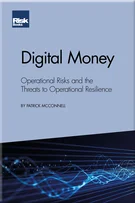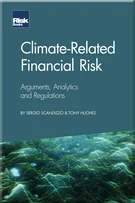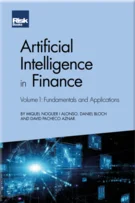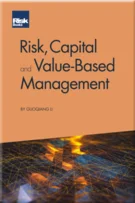The (limited) power of disclosures
Acknowledgements
Foreword
Preface
Introduction
Regulator motivation and aims
Scenarios
Two underappreciated climate risk topics: Exposure at default and asset valuation
Assessing the available evidence related to consumer credit risk
The modelling of climate-related financial risk
Credit risk – Probabilities of default models
Climate-related loss given default
Market risk
Liquidity risk
Operational risk
The (limited) power of disclosures
Financial regulators’ climate mandate should be formalised
Where to for climate risk regulation?
Conclusions: Using finance to drive climate solutions
References
INTRODUCTION
Climate risk disclosure for banks is part of a broader movement towards integrating ESG considerations into financial reporting in order to enhance transparency and enable stakeholders, including investors, regulators and the public, to assess how well financial institutions are managing and mitigating climate-related risks. The Task Force on Climate-related Financial Disclosures (TCFD), established by the Financial Stability Board (FSB), has been a major influence in shaping global climate risk disclosure standards. The TCFD framework provides recommendations for disclosing climate-related information across four key areas: governance, strategy, risk management, and metrics and targets.
Climate risk disclosure is increasingly being integrated into existing financial reporting frameworks. Banks are required to include climate-related information in their annual reports, financial statements and risk management disclosures while also conducting scenario analysis to assess the potential impacts of different climate scenarios on a bank’s business. Disclosure frameworks encourage or require banks to engage with stakeholders, including customers, investors and communities, to
Copyright Infopro Digital Limited. All rights reserved.
As outlined in our terms and conditions, https://www.infopro-digital.com/terms-and-conditions/subscriptions/ (point 2.4), printing is limited to a single copy.
If you would like to purchase additional rights please email info@risk.net
Copyright Infopro Digital Limited. All rights reserved.
You may share this content using our article tools. As outlined in our terms and conditions, https://www.infopro-digital.com/terms-and-conditions/subscriptions/ (clause 2.4), an Authorised User may only make one copy of the materials for their own personal use. You must also comply with the restrictions in clause 2.5.
If you would like to purchase additional rights please email info@risk.net










